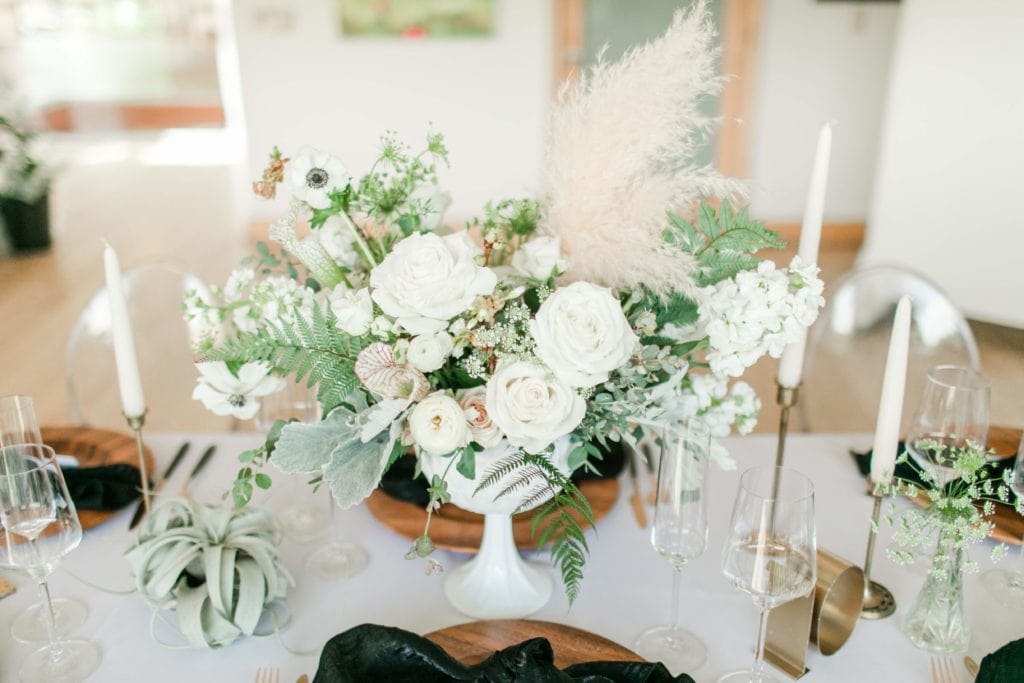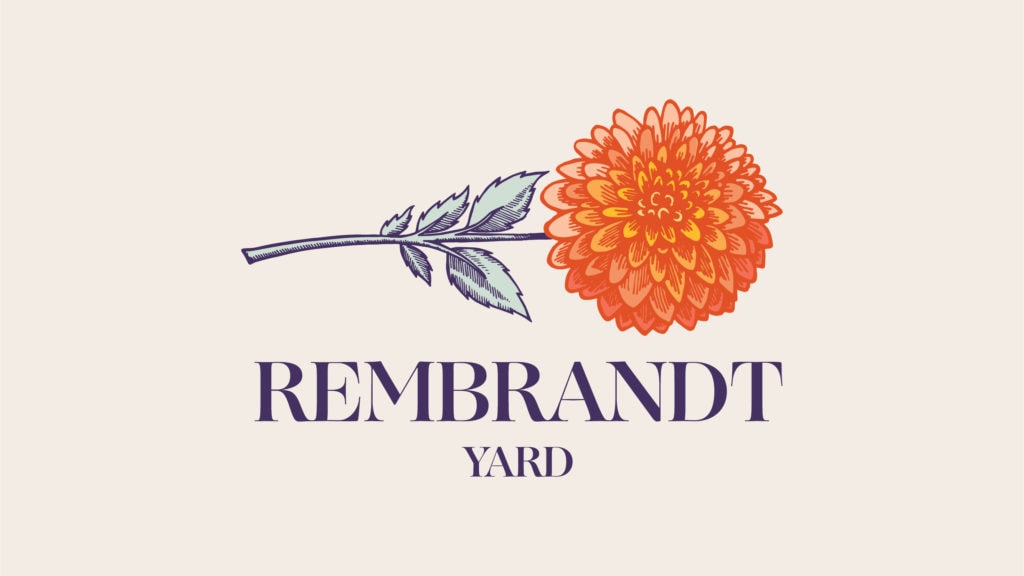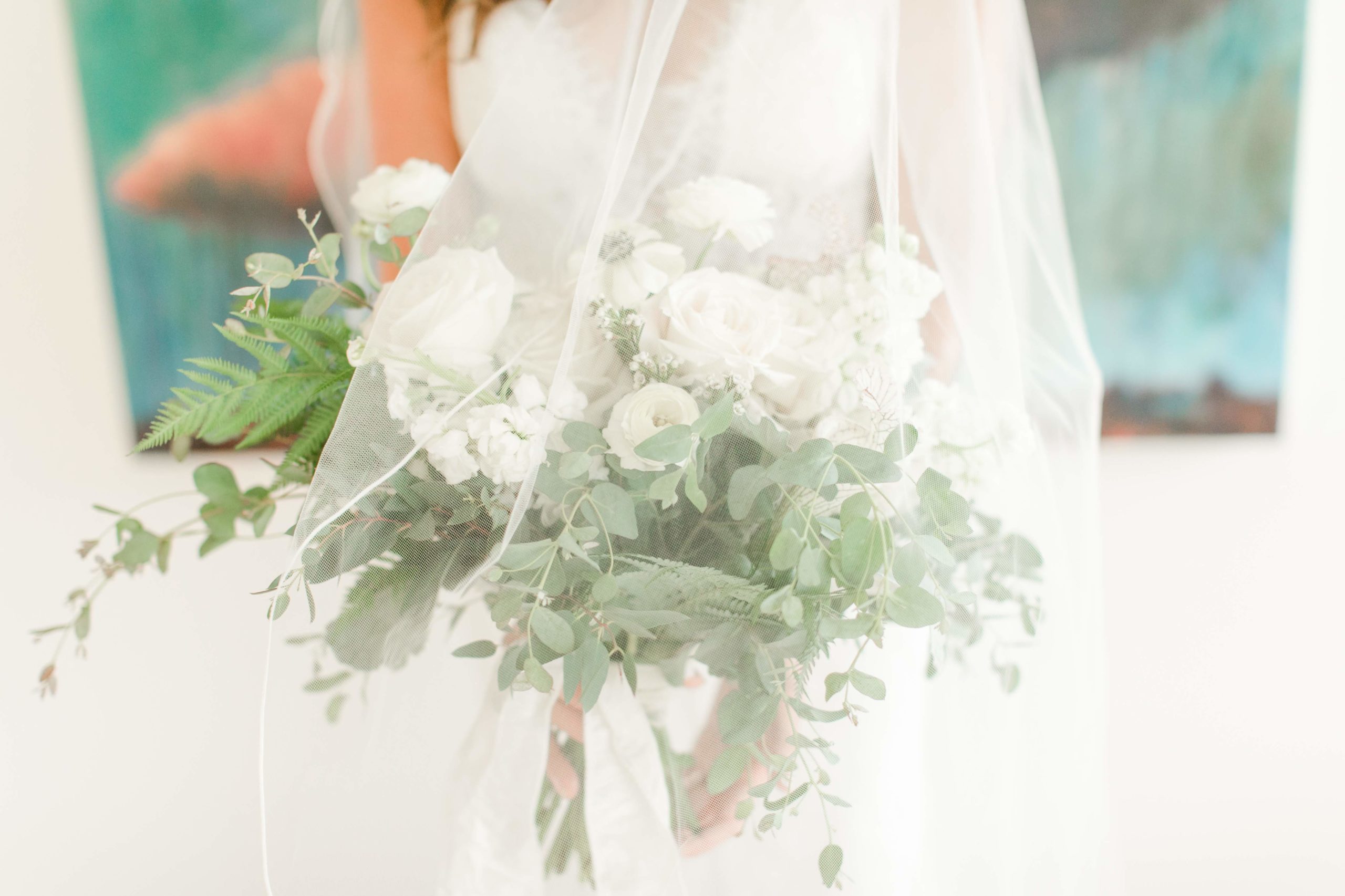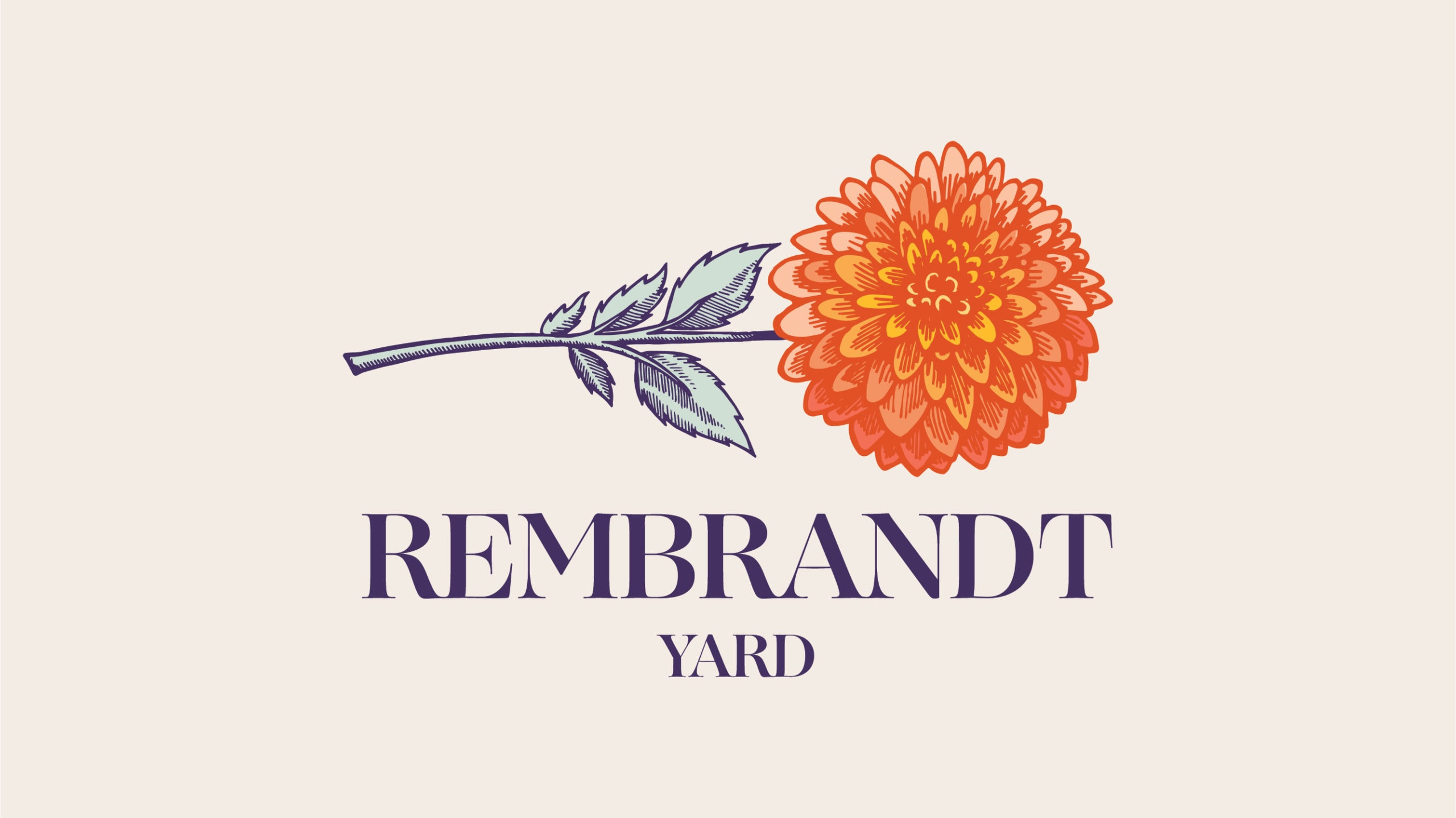As we all know, planning a wedding is a huge undertaking, and requires hours of planning, designing, and executing. With trends being ever changing, especially in weddings, it can be challenging to know where to start in curating a wedding vision. The majority of couple’s want at least a few elements completely unique to their celebration, but some traditions are timeless. We’ve found that mixing tradition with personal vision can creates a stunning yet unique day. We rounded up a few of our favorite timeless traditions, and relied on the professionals over at Brides for a few more.
First up, we have pearls. There are a mixture of beliefs surrounding pearls and their significance in weddings, though they appear to date back to ancient Greece. According to Majorica, a custom pearl jeweler out of Spain, it began with the belief that pearls would promote harmony in a marriage as well as having a connection to Venus and love; other theories state that pearls will help a bride not to cry on her wedding day since they themselves represent tears. Pearls later became popularized as a symbol of love & purity and were worn by the likes of Queen Elizabeth II and Jackie Kennedy on their wedding days, cementing them as a wedding staple. To this day, we see many a bride incorporate pearls either with jewelry or on their dress.
Next up, we have calligraphy. While it doesn’t have quite the same fun and fascinating history as pearls on a wedding day, calligraphy remains a tradition present at almost every wedding today. Though calligraphy began as a means of translation, according to Encyclopedia Brittanica, it’s beautiful nature helped it make its way into weddings by way of envelope addressing. As some have recently moved away from the more formal addressing of envelopes, calligraphy has worked its way into many other elements of weddings from welcome signs to seating charts to escort cards, and it isn’t going anywhere.
Another timeless element we love, and see here often, is white florals and greenery. Largely used because it is classic and timeless, white flowers can also hold many meanings especially when referencing the Victorian language of flowers. Typically, roses come to mind with any sort of romance, probably because according to Floriography, roses mean love (with a white rose representing innocent love). Other popular white wedding flowers include jasmine for cheerfulness, baby’s breath for purity and innocence, myrtle, again, for love, as well as white dahlias and orange blossoms representing eternal love. Greenery is obviously apart of the flower, making the combination natural, but the addition of Eucalyptus is common. The purpose is two-fold, says Walter Knoll Florists: Eucalyptus is a natural insect repellent (a must at any outdoor wedding!) but also symbolizes protection and abundance, a hopeful foretelling to the start of any union.

Other timeless traditions we love include paper vows, an antique car exit, and white wedding cakes. While none of these things are as steeped in tradition as pearls or white florals, they are timeless elements that add a touch of elegance to any wedding. Paper vows can be easily framed for posterity and sentiment, an antique car exit photographs beautifully while adding a fun, unique element to the end of the night, and a white wedding cake is ageless and can be dressed up with flowers, fondant, frosting, and other decor or kept simple, depending on the couple’s vision.
Last, but certainly not least, we love a champagne toast! Initially, toasts came about as an offering from mortals to the gods they worshipped, in exchange for good health; the toast portion being the ancients way of flavoring less than desirable tasting wine with literal toast. As time went on, a toast at a wedding went from proof that the wine was safe to drink, to wishing the happy couple good health in their marriage (as was previously asked of the gods) (Brewvana//Anise Catering). Historically, toasts were with wine, and thus that tradition continues today. However, Champagne became popularized as a celebratory drink in 5th century France, and by the 19th century, all of Europe was on board celebrating with bubbles. (Harper’s Bazaar) Champagne has stayed a celebratory drink today, though for most, any sparkling wine will do, as long as the bottle pops since nothing says celebration quite like that happy noise.
No matter how you choose to design your wedding, it is sure to be a celebratory day full of love and joy. Whether you choose designs and elements entirely unique to you and your partner, or opt for some timeless pieces, you are sure to have a beautiful celebration meaningful to you both!


